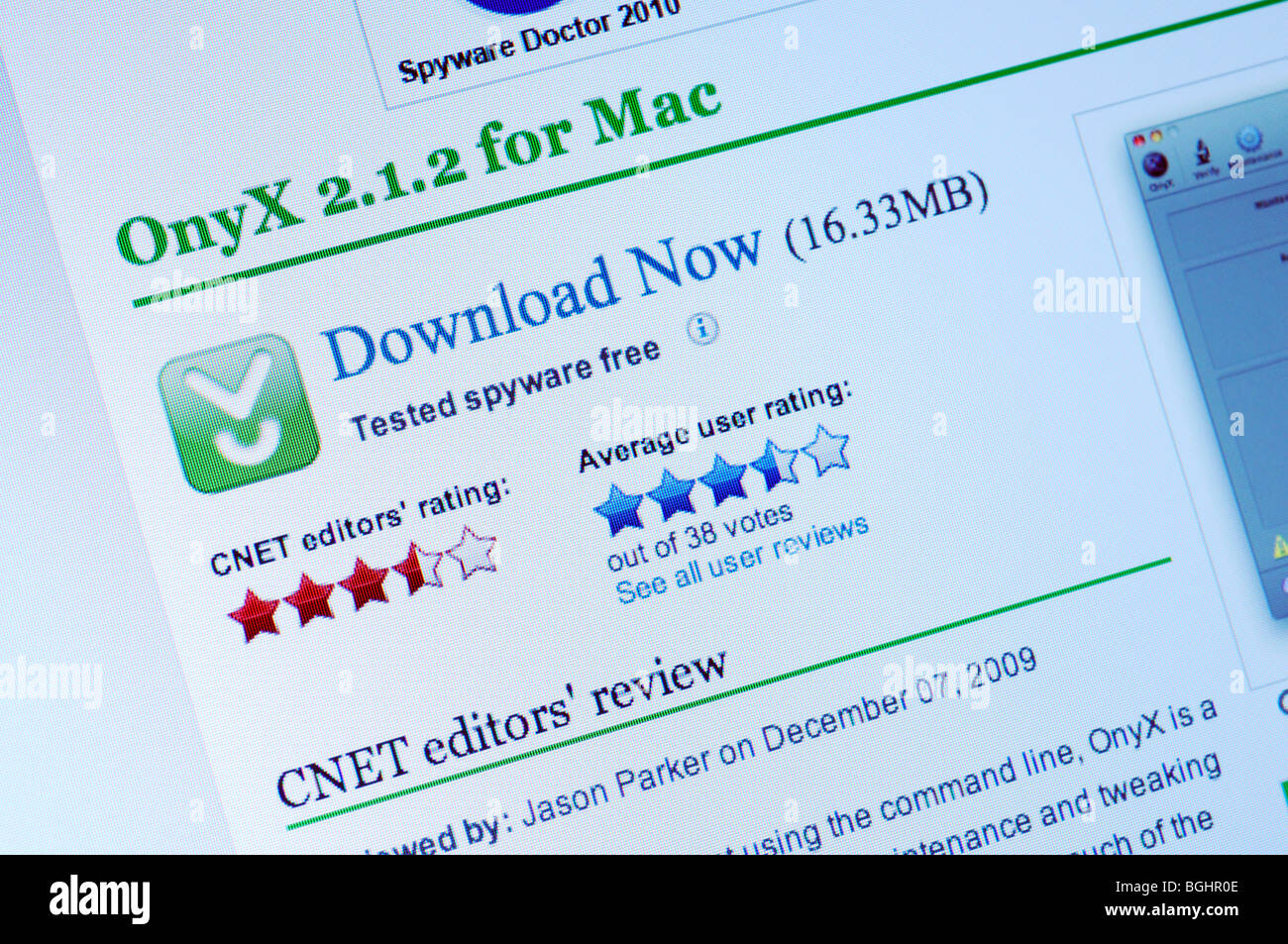

A volume level of 30% on the Onyx is equivalent to the laptop's headphone jack at maximum volume, and pumping the Onyx above 30% eventually gets loud enough to become physically painful. First, the aforementioned difference in volume is astounding. I switched between the laptop’s headphone jack and the Onyx for each track and compared them.
Onyx for mac cnet windows 10#
I tested the amp on my Windows 10 laptop by playing Master tracks on Tidal, listening through a pair of Turtle Beach Elite Pro 2 headphones. Start at around 25% on your device and see how your headphones sound through the Onyx, then adjust accordingly. When I first tested it, I had my volume set high, and as soon as I started playing music, I nearly threw my headphones across the room. Built-in headphone jacks usually output fairly low power, while the Onyx can pump out 180 milliwatts.
Onyx for mac cnet Pc#
You probably keep the volume levels on your phone and PC fairly high, especially if listening through a headphone jack-don't do this with the Onyx.
Onyx for mac cnet update#
We’ll update this story with our experience when the decoder is released, so we can properly test the device on Android and compare its performance with a standard USB-C-to-headphone adapter. Tidal is updating its MQA decoder on Android to support the Onyx, but it wasn’t ready at the time of this writing.

After I set Exclusive Mode to on, the Onyx showed magenta lights when I played master tracks. I clicked on the output devices icon in the lower right corner of the app, then clicked on More Settings next to the Onyx.

Thankfully, enabling MQA decoding on my PC was relatively easy through the Tidal app. When I plugged it into my phone, I got blue lights indicating standard PCM audio. When I plugged the Onyx into my PC and listened to music through Tidal set to Master quality, I only got yellow lights, indicating high-quality PCM audio rather than the MQA audio I expected. However, getting higher-quality audio is a bit more complicated than that. It was detected automatically by both my PC and Samsung Galaxy Note 20 when I plugged it in, and provided audio output with both. No matter what you connect it to, the Onyx is ostensibly a plug-and-play device. Of these different audio types, MQA is the highest quality. They glow blue with 44.1 or 48kHz PCM audio, yellow with PCM audio greater than 48kHz, red with Direct Stream Digital (DSD) audio, and magenta with any Master Quality Authenticated (MQA) content. The three LEDs on the Onyx display the amp’s status and the sampling rate of any audio playing through it. The 3.5mm headphone jack is compatible with both three-pole headphone connectors and four-pole headset connectors, and supports microphone input to the connected device. The Onyx works with any Mac or PC with a USB-A or USB-C port, and is compatible with both Android and iOS devices (though iPhone users will need Apple’s $29 Lightning-to-USB adapter). It has a dynamic range of 118db and an output power of 180mW per channel with 0.2-ohm impedance. Inside the tiny rectangular box sits an ESS ES9281PRO digital-to-analog converter (DAC), a THX Achromatic Audio Amplifier AAA-78 amp chip, and a Master Quality Authenticated (MQA) renderer that can process digital master recordings. The plug is a bit too thin to keep the amplifier folded over when it’s attached to a phone (unless the phone is also very slim). The back of the amplifier has a magnetic spot near the bottom that holds the USB plug in place, so you can keep the cable nice and tidy when it’s not in use. Best Malware Removal and Protection SoftwareĪ 5.5-inch cable extends from one end, terminating in a USB-C plug (an included adapter converts it to USB-A if you don’t have a USB-C port).


 0 kommentar(er)
0 kommentar(er)
